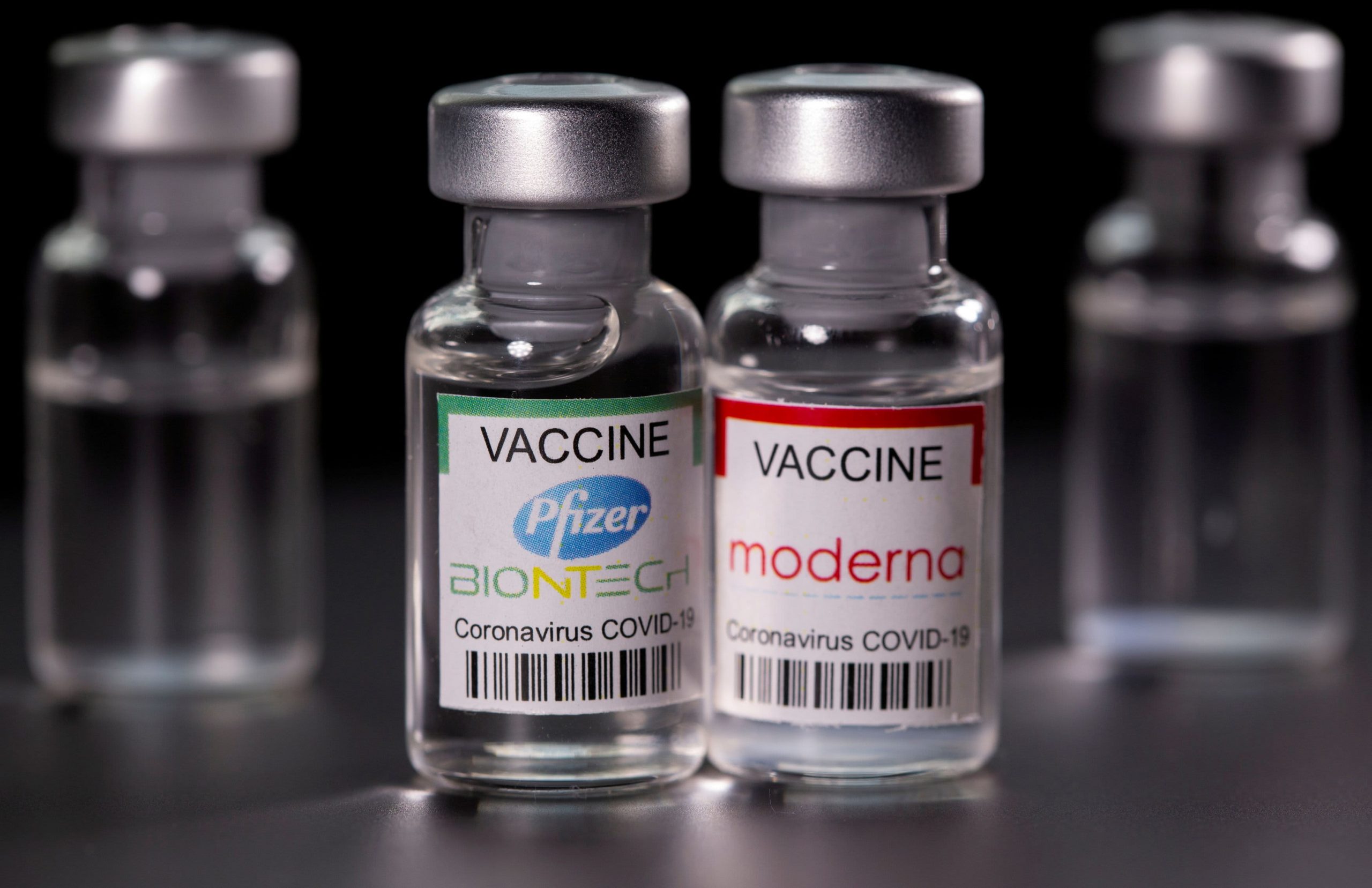Covid-19
Exposed! Why health officials won’t allow scientists examine COVID vaccine vials
Published
3 years agoon

A 14-minute video that has been overlooked for nearly two years has now resurfaced, exposing stunning information about the COVID-19 jabs and why health officials don’t want individual vaccine vials examined by independent scientists.
The reason, it turns out, is because the vials are all different — and the mRNA in the shots “is not intact.” Both of these pose potentially serious problems.
In an Aug. 31 Substack article, Steve Kirsch explains: “Even if you are getting 100% intact mRNA which would be really rare, you’re still not getting anything that resembles the virus. So the efficacy as far as PROTECTING you will be next to nothing.
“However, what it will do very effectively, if you got reasonably intact mRNA, is to cause you significant harm. You are playing a game of chance with your immune system and what is in the bottle.”
READ ALSO: CDC admits agency gave false Information on COVID-19 Vaccine safety
The video notes that members of the European Parliament were only allowed to read the contracts with the drug makers after they’d been heavily redacted. Why the heavy-handed secrecy, even toward legislators?
The finding that the mRNA in the shots was of questionable quality was revealed in a British Medical Journal feature investigation article published in March 2021.
As explained by the author, journalist Serena Tinari, cyber attackers retrieved more than 40 megabytes of Pfizer COVID-19 jab data from the European Medicines Agency (EMA) in December 2020.
The hacked data was subsequently sent to journalists and academics worldwide. It was also published on the dark web. Some of the documents show European regulators had significant concerns over the lack of intact mRNA in the commercial batches sampled.
Compared to the clinical batches, i.e., the shots used in the clinical trial, 55% to 78% of the commercial shots had “a significant difference in % RNA integrity/truncated species.”
In one email, dated Nov. 23, 2020, a high-ranking EMA official noted that the commercial batches failed to meet expected specifications, and that the implications of this RNA integrity loss were unclear. In response to the findings, the EMA sent a list of questions and concerns to Pfizer.
READ ALSO: Leaked video suggests Israeli health officials covered up safety problems with Pfizer COVID vaccine
According to its public assessment report, “the quality of this medicinal product, submitted in the emergency context of the current (COVID-19) pandemic, is considered to be sufficiently consistent and acceptable.”
Similarly, Health Canada told the British Medical Journal that “changes were made in their processes to ensure that the integrity was improved and brought in line with what was seen for clinical trial batches.” The EMA further tried to deflect concern by claiming some of the leaked documents had been doctored.
“EMA says the leaked information was partially doctored, explaining in a statement that ‘whilst individual emails are authentic, data from different users were selected and aggregated, screenshots from multiple folders and mailboxes have been created, and additional titles were added by the perpetrators.’”
According to the British Medicines and Healthcare Products Regulatory Agency, the FDA and Health Canada, the specification limit on RNA integrity is “commercially confidential.” What we do know — and the EMA has acknowledged — is that intact mRNA is essential for efficacy.
“RNA instability is one of the biggest hurdles for researchers developing nucleic acid based vaccines. It is the primary reason for the technology’s stringent cold chain requirements and has been addressed by encapsulating the mRNA in lipid nanoparticles.
As noted by Kirsch, “Unstable mRNA means the spike protein … could collapse, making the whole process useless to support immunity, but still dangerous in terms of damage to cells. So, you get all the risk and no benefit.”
READ ALSO: Experts expose tales of horror in COVID-19 vaccinated bodies
While public health agencies claim fragmented RNA poses no health risk, just how do they know that? The leaked documents revealed they specifically did not have an answer to that question, and no research into the matter has been published, that I’m aware of.
In May 2021, Stephanie Seneff, Ph.D., a senior research scientist at MIT for over five decades, published an excellent paper in which she highlighted several potential dangers of the COVID-19 jabs, including the unknown hazard of injecting fragmented RNA.
Kirsch points out that the EMA also expressed concern over visible particles in the vials, which the British Medical Journal did not follow up on. “Is it still a problem?” Kirsch asks. That’s a good question, and the answer is probably yes.
The leaked EMA documents also showed that Pfizer dismissed all deaths in its trial as “unrelated to the vaccine,” even though no proper investigation was ever conducted.
As just one example, a teenage girl got the shot Sept. 11, 2020, and in mid-November 2020 was diagnosed with right lower extremity deep vein thrombosis, which we now know is a potential side effect of the jab.
According to the CRF, her condition was due to a bone fracture that occurred before the date of her injection — a determination that seems questionable at best.
According to Fuellmich and Wodarg, the lot-dependent data suggests vaccine makers may be conducting secret experiments within the larger public trial. In other words, they appear to be doing lethal-dose testing on the public.
Wodarg argues that the evidence for this is very clear from the data. Basically, the vaccine manufacturers are coordinating their lethal-dose experiments so that they’re not all releasing their most toxic lots at the same time, or in the same areas. This avoids detection through clustering.
Culled from The Defender
Trending

 Uncategorized7 days ago
Uncategorized7 days agoCVR: INEC records 139,251 applications in Lagos

 Business1 week ago
Business1 week agoNCC moves to resolve Abuja network disruptions, blames diesel supply crisis

 Business6 days ago
Business6 days agoNew tax law: No law allows arbitrary bank debits, says Oyedele

 Politics3 days ago
Politics3 days agoPRP conducts ward, LG congresses in Lagos, elects new executives

 News3 days ago
News3 days agoHeart of Gold Empowerment Outreach bolsters 30 indigent’s economic status in Edo State

 Crime5 days ago
Crime5 days agoPolice To Resume Tinted Glass Enforcement

 Latest5 days ago
Latest5 days agoSEARP decries delay in enforcing judgment on N6tn NDDC misappropriation scandal, threatens suit against AGF Fagbemi

 Business5 days ago
Business5 days agoFG to lose N1.4trn annually as corporate tax cut takes effect in 2026

